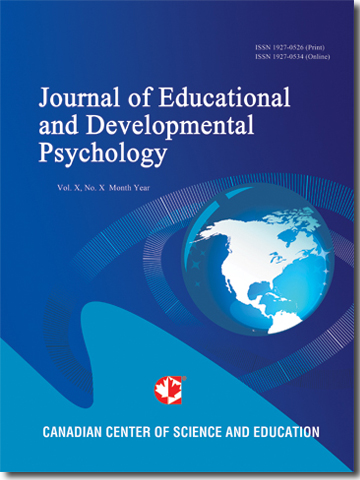Brief Intervention Impact on Truant Youth Attitudes to School and School Behavior Problems: A Longitudinal Study
- Richard Dembo
- Rhissa Briones-Robinson
- Jennifer Wareham
- Ken C. Winters
- Rocío Ungaro
- James Schmeidler
Abstract
Truancy continues to be a major problem, affecting most school districts in the U.S. Truancy is related to school dropout, with associated adverse consequences, including unemployment and delinquency. It is important to obtain a more complete picture of truants’ educational experience. First, the present study sought to examine the longitudinal growth (increasing/decreasing trend) in truant youths’ attitudes toward school and misbehavior in school (disobedience, inappropriate behavior, skipping school). Second, this study focused on examining the impact of a Brief Intervention (BI) targeting the youths’ substance use, as well as socio-demographic and background covariates, on their attitudes toward school and school behavior problems over time. A linear growth model was found to fit the attitudes toward school longitudinal data, suggesting the youths’ attitudes toward school are related across time. An auto-regressive lag model was estimated for each of the school misbehaviors, indicating that, once initiated, youth continued to engage in them. Several socio-demographic covariates effects were found on the youths’ attitudes towards school and school misbehaviors over time. However, no significant, overall BI effects were uncovered. Some statistically significant intervention effects were found at specific follow-up points for some school misbehaviors, but none were significant when applying the Holm procedure taking account of the number of follow-ups. The implications of these findings are discussed.
- Full Text:
 PDF
PDF
- DOI:10.5539/jedp.v4n1p163
Journal Metrics
(The data was calculated based on Google Scholar Citations)
1. Google-based Impact Factor (2021): 1.11
2. h-index (December 2021): 29
3. i10-index (December 2021): 87
4. h5-index (December 2021): N/A
5. h5-median (December 2021): N/A
Index
- Academic Journals Database
- CNKI Scholar
- Copyright Clearance Center
- CrossRef
- Elektronische Zeitschriftenbibliothek (EZB)
- EuroPub Database
- Excellence in Research for Australia (ERA)
- Harvard Library
- Jisc Library Hub Discover
- JournalSeek
- JournalTOCs
- LIVIVO (ZB MED)
- LOCKSS
- MIAR
- Open Access Journals Search Engine(OAJSE)
- PKP Open Archives Harvester
- Publons
- ROAD
- Scilit
- SHERPA/RoMEO
- Standard Periodical Directory
- Stanford Libraries
- Technische Informationsbibliothek (TIB)
- UCR Library
- UoB Library
- WorldCat
- Zeitschriften Daten Bank (ZDB)
Contact
- Carol WongEditorial Assistant
- jedp@ccsenet.org
